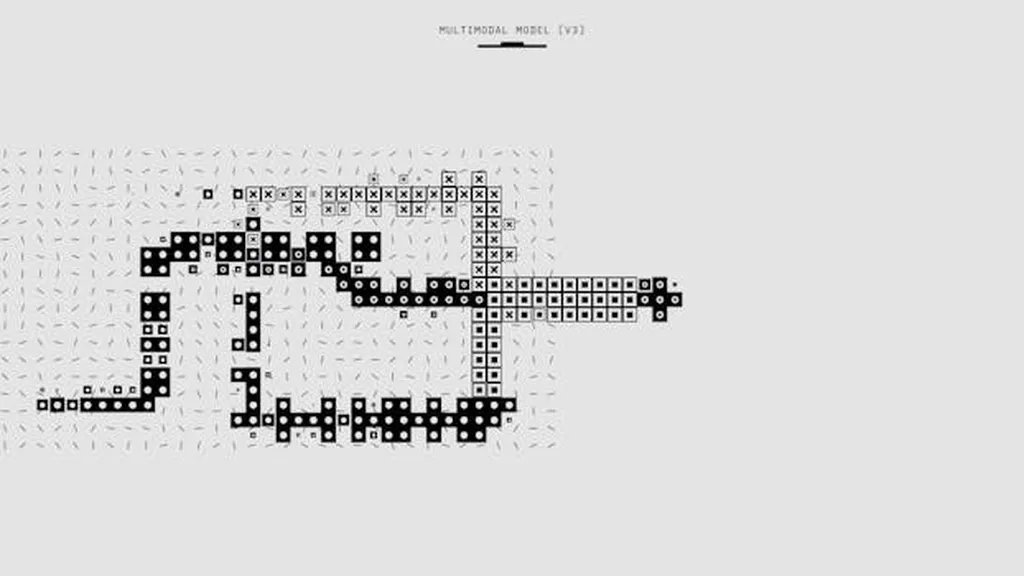In the ever-evolving landscape of digital agriculture, a groundbreaking study published in *Applied System Innovation* is set to revolutionize farmland layout design. The research, led by Guanlin Liu from the College of Information Engineering at Northwest A&F University, introduces an innovative approach that combines evolutionary algorithms with topological graph representations to tackle the complex spatial planning challenges faced by modern agricultural parks.
Traditional methods of farmland layout design often struggle with irregular land boundaries and diverse functional demands. These limitations can hinder productivity and efficiency, posing significant challenges for agricultural planners. To address these issues, Liu and his team developed the Graphic-Guided Evolutionary Layout (GGEL) algorithm. This interactive system not only improves search efficiency through a graph-based spatial pruning and encoding strategy but also ensures layout feasibility by performing real-time spatial overlap detection based on functional region boundaries.
One of the standout features of the GGEL algorithm is its interactive module, which allows for real-time user customization. This flexibility is crucial for accommodating specific planning needs and ensuring that the final layout meets the unique requirements of each agricultural park. “Our system enables planners to make adjustments on the fly, which significantly enhances the design process and productivity,” Liu explained.
The experimental results of the study are promising. The GGEL algorithm efficiently generates complete multi-region layouts, demonstrating a significant enhancement in design productivity. A user study involving 20 agricultural park experts further confirmed the system’s usability and effectiveness. This integration of evolutionary algorithms with topological graph representations highlights the potential for addressing the complex spatial planning requirements of digital agricultural parks.
The commercial impacts of this research are substantial. By streamlining the farmland layout design process, the GGEL algorithm can help agricultural parks optimize their spatial arrangements, leading to improved resource utilization and increased productivity. This, in turn, can translate into higher yields and greater economic returns for farmers and agricultural businesses.
Looking ahead, the success of the GGEL algorithm opens up new avenues for research and development in the field of digital agriculture. As Liu noted, “This study paves the way for further exploration of human-in-the-loop and interactive design approaches in agricultural planning.” The integration of advanced algorithms with user-friendly interfaces could lead to even more sophisticated tools that empower agricultural planners to create efficient and sustainable farmland layouts.
In conclusion, the research led by Guanlin Liu represents a significant step forward in the field of digital agriculture. By combining the power of evolutionary algorithms with interactive design, the GGEL algorithm offers a promising solution to the spatial planning challenges faced by modern agricultural parks. As the agriculture sector continues to embrace digital technologies, this innovative approach is poised to shape the future of farmland layout design, driving productivity and sustainability in the years to come.

